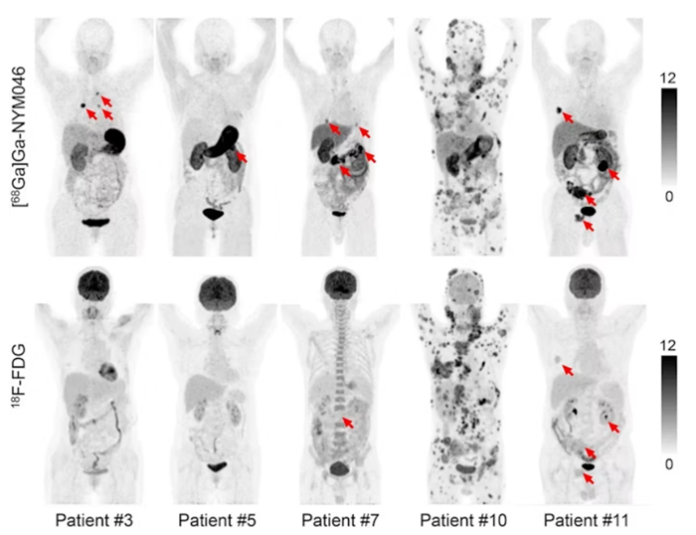

A recent prospective study involving 12 patients with clear cell renal cell carcinoma (ccRCC) suggests that Ga-68 NYM046 PET/CT may be superior to F-18 FDG PET/CT in diagnosing primary tumors and equally effective in detecting metastatic lesions.
Quantitative analysis revealed that maximum standard uptake values (SUVmax) were significantly higher for Ga-68 NYM046 in primary tumors, with a median of 13.5 compared to 2.4 for F-18 FDG. However, the opposite trend was observed in lymph nodes, where SUVmax values were lower for Ga-68 NYM046 (median, 5.9 vs. 7.6). For distant metastases, no significant differences were noted between the tracers.
Importantly, the study reported no adverse reactions among patients during a two-week follow-up period.
As reported by auntminnie.com, the researchers cautioned that the small sample size may have introduced statistical bias, and the lack of pathological confirmation of metastatic lesions, due to the risks of invasive biopsies, remains a limitation. “We anticipate addressing these issues in future research,” the authors stated.
This study underscores the potential of Ga-68 NYM046 PET/CT as a valuable diagnostic tool, although further research is needed to confirm these findings.






















